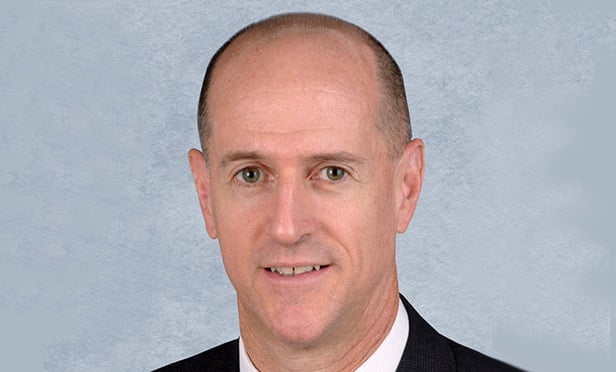 Pontius leads Marcus & Millichap's Healthcare Real Estate Group.
Pontius leads Marcus & Millichap's Healthcare Real Estate Group.
CALABASAS, CA—A Wall Street Journal story earlier this week on healthcare REITs noted that many real estate trusts in the sector are scaling back their skilled-nursing holdings and looking to hospital and medical-office acquisitions as better bets. Marcus & Millichap's latest report on the medical office building sector offers insight into why: a combination of increased healthcare coverage and an aging population.
“Since the inception of the Affordable Care Act, medical insurance coverage has extended to nearly 90% of the US population, up from a low of approximately 84% in 2010,” according to Marcus & Millichap's third-quarter Medical Office Research report, prepared with input from the firm's Healthcare Real Estate Group, led by SVP and national director Alan Pontius. “This, combined with the aging of our nation's baby boomer generation as they move closer to their golden years, is increasing the need for medical services across the country.”
The report sees healthcare providers moving toward “a more patient-centered model, placing medical facilities in retail-like settings and into local communities, capitalizing on strong traffic and demographic patterns and providing patients with easier access to healthcare. Rising demand for healthcare services will bode well for the medical office building segment, though a potential physician shortage, rising popularity of in-store clinics and telemedicine, and industry consolidation will remain influences on the market.”
Accordingly, deal flow in MOB transactions accelerated 17% during the trailing 12 months ending in June, while the average price has advanced 17% since the end of 2014 to $230 per square foot as heightened interest has increased buyer competition and compressed cap rates. “Institutional-grade properties, in particular, have realized a substantial uptick in velocity in recent quarters, and price appreciation during this time has been driven by a rise in sales of these class A buildings,” the report states.
Also contributing to an increase in transaction velocity is a rise in crossover capital “as a number of single-tenant retail investors target similar investment opportunities in the medical office segment,” according to Marcus & Millichap. At the same time, REITs and large funds that typically invest in the seniors housing sector are diversifying portfolios and placing large sums of capital into MOB portfolios. Meanwhile, the report cites other MOB investors, who previously targeted stabilized assets in core markets, now purchasing value-add properties and participating in development opportunities and equity placement.
© 2025 ALM Global, LLC, All Rights Reserved. Request academic re-use from www.copyright.com. All other uses, submit a request to [email protected]. For more information visit Asset & Logo Licensing.








